15 Curiosities about Venus, the planet that is upside down
Did you know that Venus is upside down? Well, at PlanetaCurioso.com we present you the curiosities about Venus that maybe you didn’t know. These curious facts about Venus may surprise you. There will always be things to discover on this curious planet.
1. A day on Venus is longer than a year. A day on Venus lasts 243 Earth days. A year takes 224 Earth days.
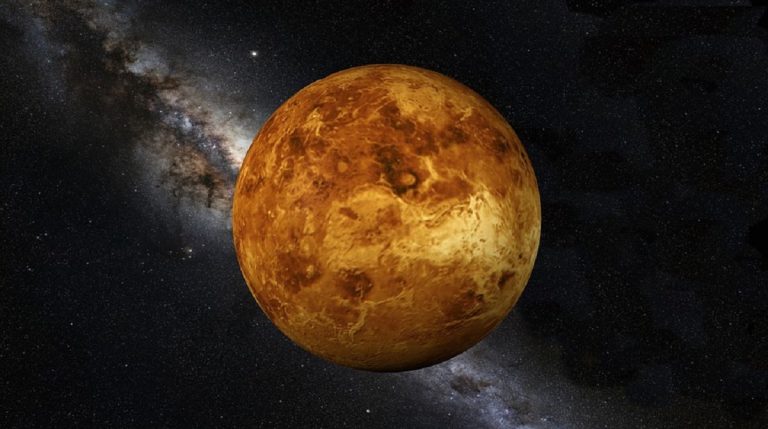
Why is this happening? Simple, Venus takes longer to rotate on its own axis (what we call a day) than to complete its orbit around the Sun.
2. Venus is the hottest planet in the Solar System.
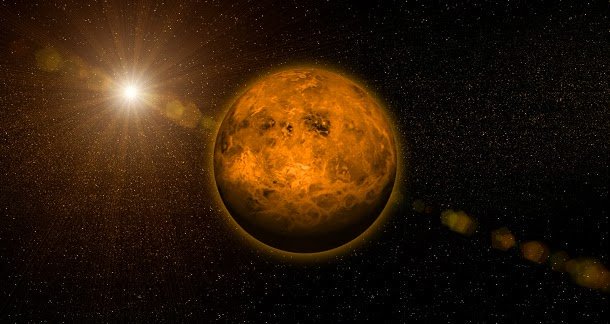
When we talked about the curiosities about Mercury we saw although Mercury is closer to the Sun it is not the hottest planet. The high concentration of carbon dioxide in the atmosphere of Venus creates a greenhouse effect, trapping all the heat and making it hotter than it would be because of its distance from the sun.
3. Venus is so hot that it could melt lead. Venus reaches average temperatures of 462ºC.
4. Venus is upside down. Astronomers believe that an asteroid hit Venus in the past so that it is now upside down.
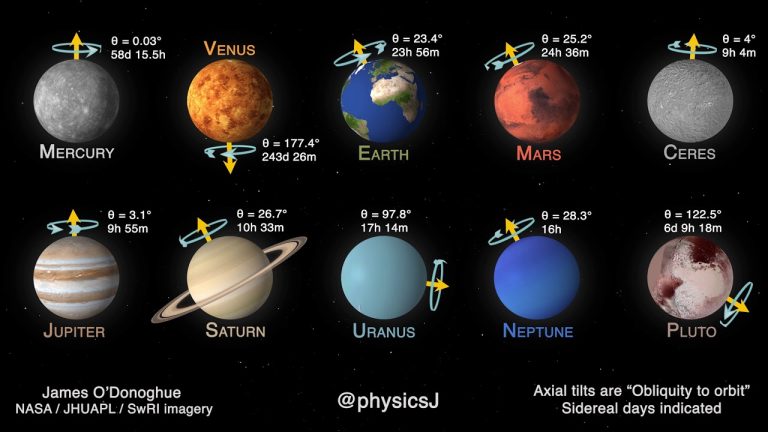
Uranus is the other weirdo in the solar system, spinning on its side, perhaps as a result of some collision.
5. Venus is contrary to the other planets.
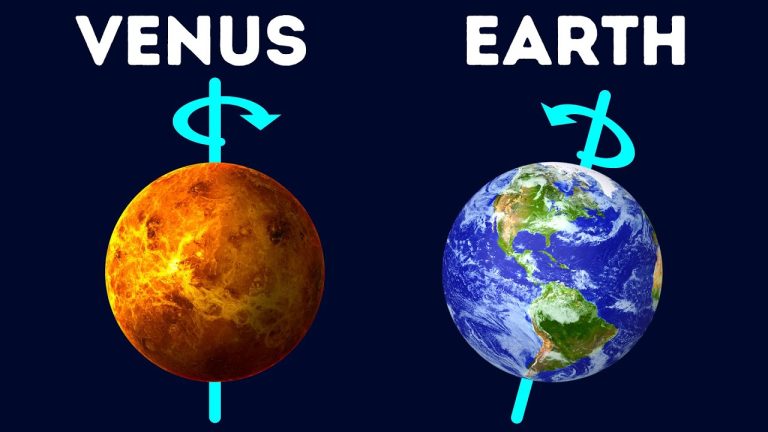
Why does Venus rotate in the opposite direction? All other planets in the Solar System rotate on their own axis and orbit the Sun counterclockwise. Venus also orbits the Sun in a counterclockwise direction, but rotates on its own axis in the same direction as clockwise, this is because the planet is upside down.
6. Venus is the second brightest natural object in the night sky after the Moon.
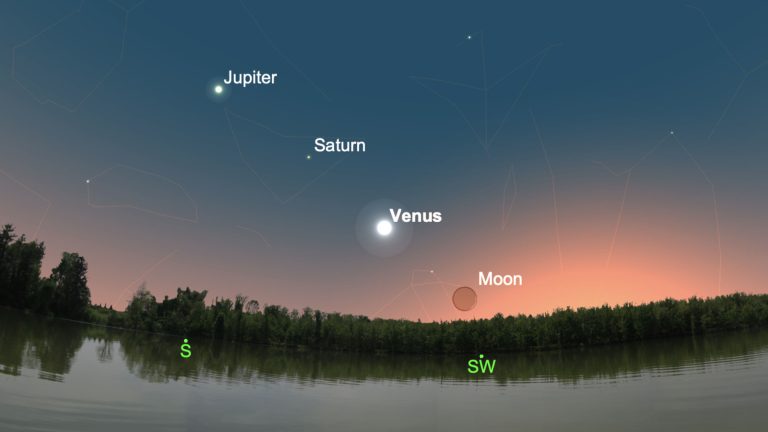
As we know the planets do not have their own light. Clouds of sulfuric acid in Venus’ atmosphere make it bright. It’s even brilliant during the day if the sky is clear and you know where to look .
7. The pressure on Venus is 90 times greater than on Earth. It’s like being 1 kilometer under the sea.
The air pressure on the surface of Venus is extreme , about 90 times greater than the pressure at sea level here on Earth.
8. Venus is named after the Roman goddess of love and beauty.
Received this one because it shines in the sky. Of the five planets known to ancient astronomers, Venus has been the brightest.
9. Venus was the first planet to have its trajectory traced.
Since Venus can be seen with the naked eye, it is not known who discovered it. And for centuries it has been possible to trace their movements
10. Venus looks like Earth’s twin. She looks like Earth but at the same time she is so different. They are almost the same size, have a similar orbit and a thick cloudy atmosphere.
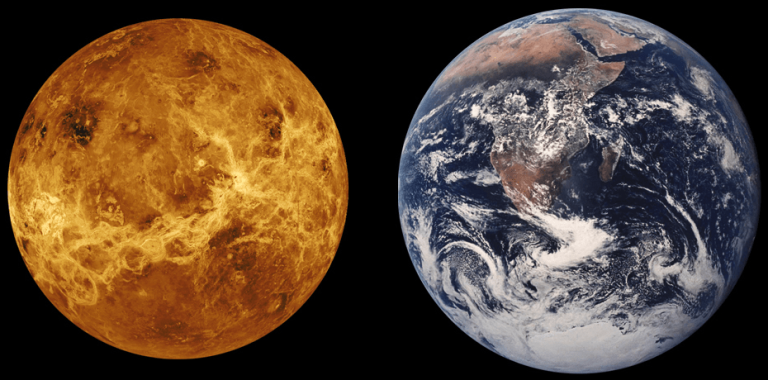
The composition of Venus is almost the same as that of Earth. Both worlds have relatively young surfaces and thick cloudy atmospheres. Only the clouds of Venus are made of poisonous sulfuric acid. Also, Venus is too hot and its atmospheric pressure of carbon dioxide is higher than Earth’s atmosphere. Venus would be like the ‘bad’ twin.
11. The atmosphere of Venus rotates faster than the planet itself.
While Venus rotates too slowly on its axis every 243 Earth days, its atmosphere revolves around the planet every 4 days. Why? This ‘super-rotation’, as it is called, is thought to have to do with solar-induced heat tides, although nothing is clear.
12. There are more volcanoes on Venus than on any other planet in the solar system.
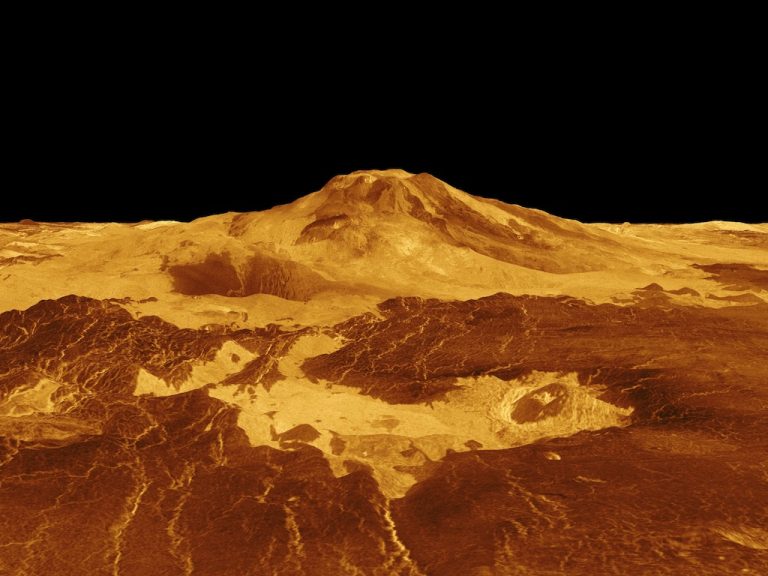
Astronomers have discovered more than 1,600 volcanoes on its surface, but it is likely that there are many smaller undiscovered ones. Only a handful are believed to be active.
13. Venus is so rare that we can see it crossing in front of the Sun. This rare phenomenon is called the Transit of Venus.
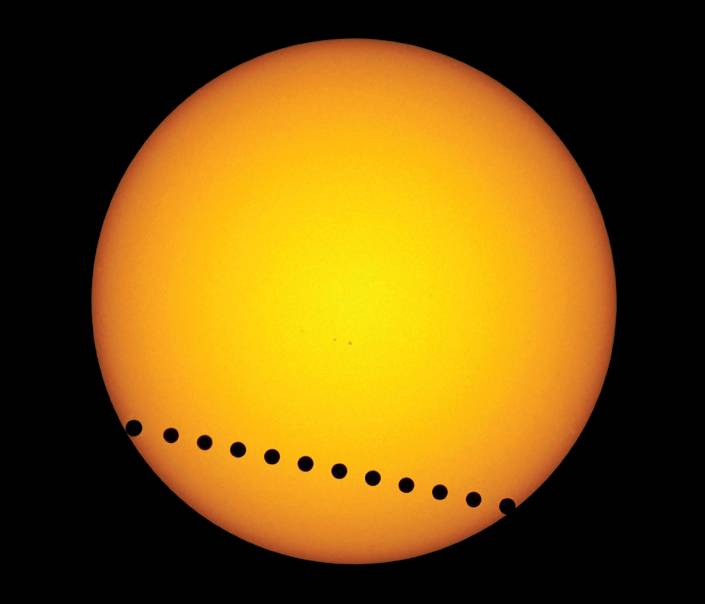
In addition to Venus, we can also see Mercury crossing the Sun from our terrestrial perspective.
14. Winds whip around Venus at super-fast speeds that can reach 450 miles per hour (724 kph) in its middle cloud layer. These Venusian winds are faster than the fastest tornado on Earth.
15. Because Venus orbits the sun within Earth’s orbit, the planet appears to have phases like the moon.
When Venus is on the opposite side of the sun, it is in full phase, while it appears in new phase when it is between the Earth and the sun. The first person to witness these phases was the Italian astronomer Galileo Galilei in 1610.
This article was published by planetacurioso.com. Thank you for visiting our blog.


